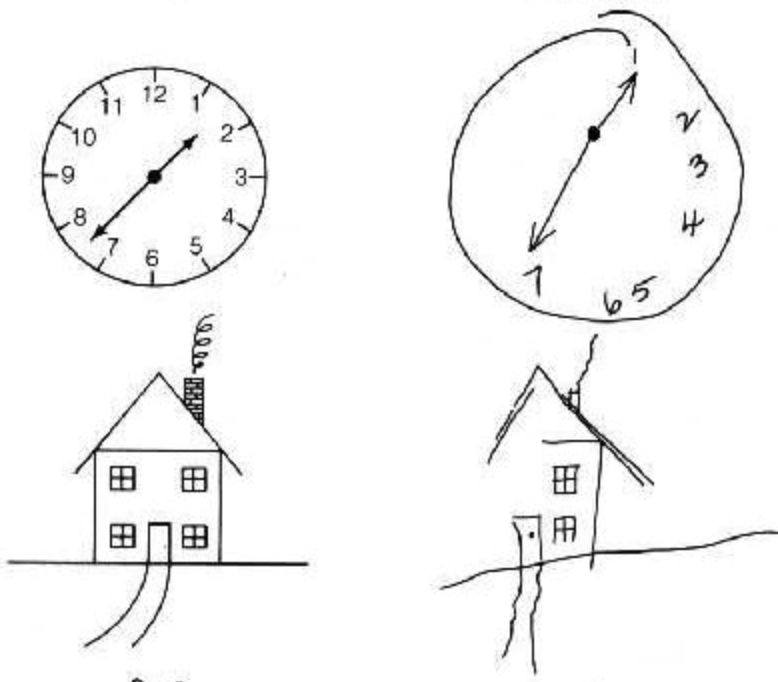In our environment, people receive various inputs such as sights, sounds, smells, and so on. But how do we process relevant information for us in our environment using a limited brain resource? In order to achieve it, ‘Attention’ plays an important role.
What is attention?
An eminent psychologist William James defined attention as below.
“Attention is the taking possession by the mind, in clear and vivid form, of one out of what may seem several simultaneously possible objects or trains of thought. …It implies withdrawal from some things in order to deal effectively with others.”
In other words, it is cognitive mechanisms that carry out the selection of relevant perceptual input and the rejection of what is irrelevant.
An example of cognitive behavior related to attention
One popular example is the gorilla study. If you have never tried this experiment, try from the below link.
In the gorilla study, subjects are instructed to watch a video and count how many times the player wearing white pass the basketball. In the video, a person who wears the gorilla costume passes through the display. However, many subjects don’t recognize it because they attend to the players wearing white and where the basketball goes. This experiment shows that people often ignore some irrelevant information to which we don’t pay attention.
Another example is the Cocktail party effect.
Do you have an experience that when someone said a word you were familiar with such as your name, your company name, and your school name, you unconsciously reacted the words even though you were talking with your friends?
Why is attention good for?
Attention is good for mainly three things.
1. Prioritize tasks to effectively use finite brain resource
2. Focus on relevant information and ignore irrelevant information
3. Keep the relevant information in working memoly for a long time
What happens when our ability to correctly control attention lose?
One multifaceted neurological disorder related to attention is “Neglect Syndrome”. Patients with neglect act as if portions of their world do not exist. Below are the examples of their drawing. In the examples, the patient neglects the left-hand side of the picture when they transcribe the original.

Summary
In summary, attention can be thought of as the allocation of limited processing resources. And attention comes into play in many psychological topics, including memory (stimuli that are more attended to are better remembered), vision, and cognitive load.